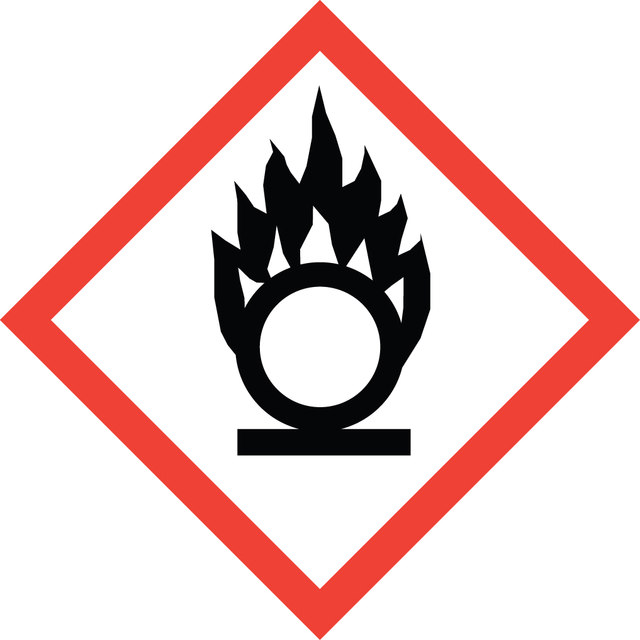Select a Size
About This Item
Product Name
N-Bromosuccinimide, ReagentPlus®, 99%
InChI key
PCLIMKBDDGJMGD-UHFFFAOYSA-N
InChI
1S/C4H4BrNO2/c5-6-3(7)1-2-4(6)8/h1-2H2
SMILES string
BrN1C(=O)CCC1=O
product line
ReagentPlus®
assay
99%
form
powder
mp
175-180 °C (dec.) (lit.)
application(s)
peptide synthesis
storage temp.
2-8°C
Quality Level
Looking for similar products? Visit Product Comparison Guide
Features and Benefits
Application
- In the Wohl-Ziegler reaction (bromination at allylic positions via a radical pathway).
- To synthesize benzils and aliphatic 1,2-diketones from hydrobenzoins and 1,2-diols in the presence of CCl4 as a solvent.
- To prepare tricyclic azepino[4,5-b]indoles from indole-β-enaminoesters or β-enaminones via Pictet–Spengler cyclization.
- To synthesize acylsilanes via oxidative hydrolysis of 2-silyl-1,3-dithianes.
General description
Legal Information
signalword
Warning
Hazard Classifications
Aquatic Acute 1 - Eye Irrit. 2 - Met. Corr. 1 - Muta. 2 - Ox. Sol. 3 - Skin Irrit. 2 - Skin Sens. 1B
Storage Class
5.1B - Oxidizing hazardous materials
wgk
WGK 3
flash_point_f
Not applicable
flash_point_c
Not applicable
ppe
Eyeshields, Faceshields, Gloves, type P3 (EN 143) respirator cartridges
Choose from one of the most recent versions:
Already Own This Product?
Find documentation for the products that you have recently purchased in the Document Library.
Our team of scientists has experience in all areas of research including Life Science, Material Science, Chemical Synthesis, Chromatography, Analytical and many others.
Contact Technical Service



